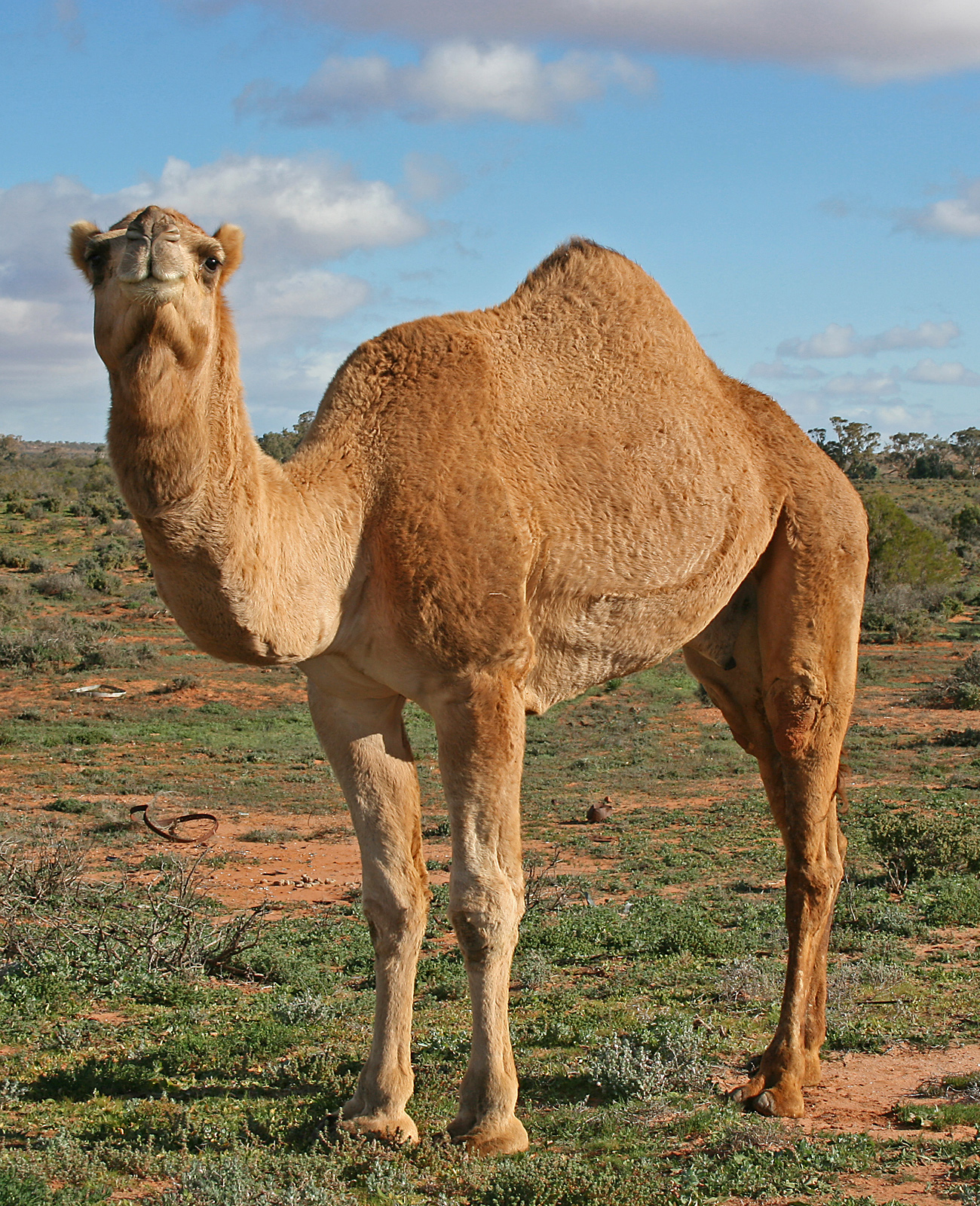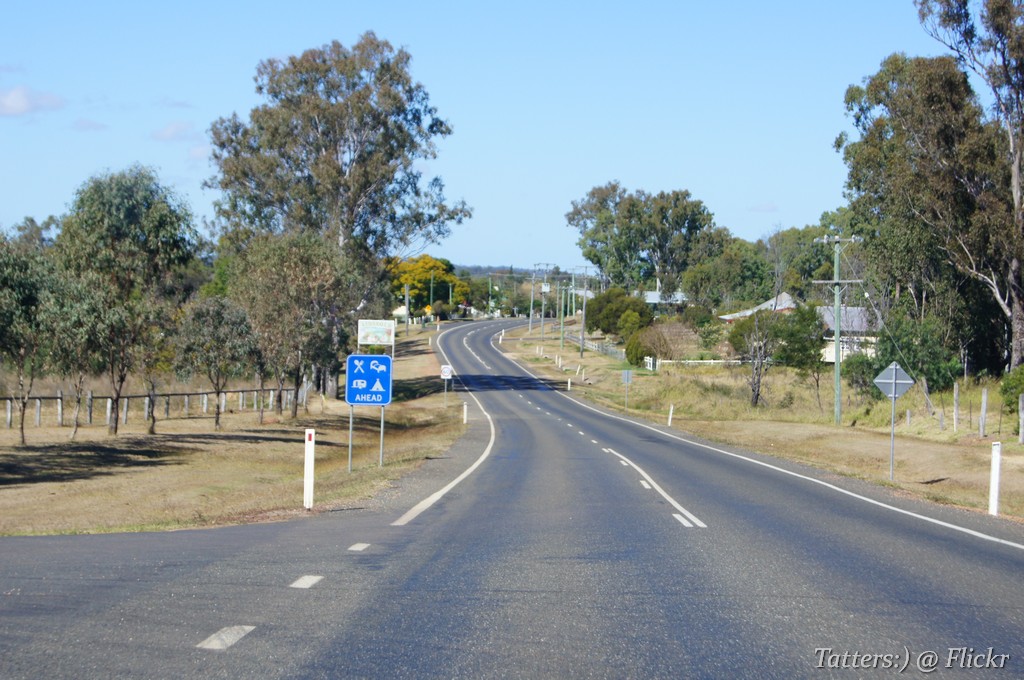|
R. M. Williams
Reginald Murray "R.M." Williams AO CMG (24 May 19084 November 2003) was an Australian bushman and entrepreneur who rose from a swagman to a millionaire. He was born at Belalie North near Jamestown in the Mid North of South Australia, north of Adelaide CBD, into a pioneering settler family working and training horses. Williams had many adventures in Australia's rugged outback as a bushman, and became known for creating an Australian style of bushwear clothing and footwear recognised worldwide and the company that bore his name. Personal life From Welsh ancestors, his maternal grandfather Richard Mitchell being from Cornwall, Reginald Murray Williams was born to Joe Williams and his wife. When he was 10 years old, Williams' family moved to Adelaide so that he and his two sisters could attend school there. School did not agree with him and so, at 13, Williams packed his swag and left for the land he loved. At 18 he started work as a camel driver and spent three years trekkin ... [...More Info...] [...Related Items...] OR: [Wikipedia] [Google] [Baidu] |
Blue Heeler
The Australian Cattle Dog (ACD), or simply Cattle Dog, is a breed of herding dog originally developed in Australia for droving cattle over long distances across rough terrain. This breed is a medium-sized, short-coated dog that occurs in two main colour forms. It has either red or black hair distributed fairly evenly through a white coat, which gives the appearance of a "red" or "blue" dog. As with dogs from other working breeds, the Australian Cattle Dog is energetic and intelligent with an independent streak. It responds well to structured training, particularly if it is interesting and challenging. It was originally bred to herd by biting, and is known to nip running children. It forms a strong attachment to its owners, and can be protective of them and their possessions. It is easy to groom and maintain, requiring little more than brushing during the shedding period. The most common health problems are deafness and progressive blindness (both hereditary conditions) and ac ... [...More Info...] [...Related Items...] OR: [Wikipedia] [Google] [Baidu] |
Australian Feral Camel
Australian feral camels are feral populations of dromedaries (''Camelus dromedarius'') in Australia. Imported from British India and Afghanistan during the 19th century for transport and construction during the colonisation of the central and western parts of Australia, many were released into the wild after motorised transport replaced the use of camels in the early 20th century, resulting in a fast-growing feral population. By 2008, it was ncorrectlyfeared that Central Australia's feral camel population had grown to about one million and was projected to double every 8 to 10 years. Camels are known to cause serious degradation of local environmental and cultural sites, particularly during dry conditions. Pastoralists, representatives from the Central Land Council, and Aboriginal land holders in the relevant areas were those amongst the complainants. An AU$19 million culling program was funded in 2009, and by 2013 a total of 160,000 camels were slaughtered, estimating the fe ... [...More Info...] [...Related Items...] OR: [Wikipedia] [Google] [Baidu] |
CSIRO ScienceImage 3936 Boots
The Commonwealth Scientific and Industrial Research Organisation (CSIRO) is an Australian Government agency responsible for scientific research. CSIRO works with leading organisations around the world. From its headquarters in Canberra, CSIRO maintains more than 50 sites across Australia and in France, Chile and the United States, employing about 5,500 people. Federally funded scientific research began in Australia years ago. The Advisory Council of Science and Industry was established in 1916 but was hampered by insufficient available finance. In 1926 the research effort was reinvigorated by establishment of the Council for Scientific and Industrial Research (CSIR), which strengthened national science leadership and increased research funding. CSIR grew rapidly and achieved significant early successes. In 1949, further legislated changes included renaming the organisation as CSIRO. Notable developments by CSIRO have included the invention of atomic absorption spectroscopy, ... [...More Info...] [...Related Items...] OR: [Wikipedia] [Google] [Baidu] |
Darling Downs
The Darling Downs is a farming region on the western slopes of the Great Dividing Range in southern Queensland, Australia. The Downs are to the west of South East Queensland and are one of the major regions of Queensland. The name was generally applied to an area approximating to that of the Condamine River catchment upstream of Condamine township but is now applied to a wider region comprising the Southern Downs, Western Downs, Toowoomba and Goondiwindi local authority areas. The name Darling Downs was given in 1827 by Allan Cunningham, the first European explorer to reach the area and recognises the then Governor of New South Wales, Ralph Darling. The region has developed a strong and diverse agricultural industry largely due to the extensive areas of vertosols (cracking clay soils), particularly black vertosols, of moderate to high fertility and available water capacity. Manufacturing and mining, particularly coal mining are also important, and coal seam gas extraction ... [...More Info...] [...Related Items...] OR: [Wikipedia] [Google] [Baidu] |
Eidsvold, Queensland
Eidsvold () is a rural town and locality in the North Burnett Region, Queensland, Australia. The town is the self-proclaimed ''Beef Capital of the Burnett'' and is a hub for the regional cattle industry. In the , the locality of Eidsvold had a population of 574 people. Geography Eidsvold is situated on the Burnett Highway approximately north of the state capital, Brisbane. The highway passes through the locality from the south-east to the north-east, passing through the town's main street (Moreton Street). The Mungar Junction to Monto branch railway passes from south-east to north-east through the locality, roughly parallel to the highway; the Eidsvold railway station serves the town. The Eidsvold–Theodore Road ( State Route 73) runs south and then west from the town. History Wakka Wakka (Waka Waka, Wocca Wocca, Wakawaka) is an Australian Aboriginal language spoken in the Burnett River catchment. The Wakka Wakka language region includes the landscape within the local ... [...More Info...] [...Related Items...] OR: [Wikipedia] [Google] [Baidu] |
Thomas Playford IV
Sir Thomas Playford (5 July 1896 – 16 June 1981) was an Australian politician from the state of South Australia. He served continuously as Premier of South Australia and leader of the Liberal and Country League (LCL) from 5 November 1938 to 10 March 1965. Though controversial, it was the longest term of any elected government leader in Australian history. His tenure as premier was marked by a period of population and economic growth unmatched by any other Australian state. He was known for his parochial style in pushing South Australia's interests, and was known for his ability to secure a disproportionate share of federal funding for the state as well as his shameless haranguing of federal leaders. His string of election wins was enabled by a system of malapportionment and gerrymander later dubbed the "Playmander". Born into the Playford family, an old political family, he was the fifth Thomas Playford and the fourth to have lived in South Australia; his grandfather Thomas Pla ... [...More Info...] [...Related Items...] OR: [Wikipedia] [Google] [Baidu] |
Premiers Of South Australia
The premier of South Australia is the head of government in the state of South Australia, Australia. The Government of South Australia follows the Westminster system, with a Parliament of South Australia acting as the legislature. The premier is appointed by the Governor of South Australia, and by modern convention holds office by virtue of his or her ability to command the support of a majority of members of the lower house of Parliament, the House of Assembly. Peter Malinauskas is the current premier, having served since 21 March 2022. History The office of premier of South Australia was established upon the commencement of responsible government with the passage of the ''Constitution Act 1856''. The role was based upon that of the Prime Minister of the United Kingdom, with the premier requiring the support of a majority of the members of the lower house to remain head of government. No parties or solid groupings would be formed until after the 1890 election, which result ... [...More Info...] [...Related Items...] OR: [Wikipedia] [Google] [Baidu] |
Eminent Domain
Eminent domain (United States, Philippines), land acquisition (India, Malaysia, Singapore), compulsory purchase/acquisition (Australia, New Zealand, Ireland, United Kingdom), resumption (Hong Kong, Uganda), resumption/compulsory acquisition (Australia, Barbados, New Zealand, Ireland, United Kingdom), or expropriation (Argentina, Belgium, Brazil, Canada, Chile, Denmark, Finland, France, Germany, Greece, Italy, Mexico, Netherlands, Norway, Panama, Poland, Portugal, Russia, South Africa, Spain, Sweden, Serbia) is the power of a state, provincial, or national government to take private property for public use. It does not include the power to take and transfer ownership of private property from one property owner to another private property owner without a valid public purpose. This power can be legislatively delegated by the state to municipalities, government subdivisions, or even to private persons or corporations, when they are authorized by the legislature to exercise the functi ... [...More Info...] [...Related Items...] OR: [Wikipedia] [Google] [Baidu] |
Rodeo
Rodeo () is a competitive equestrian sport that arose out of the working practices of cattle herding in Spain and Mexico, expanding throughout the Americas and to other nations. It was originally based on the skills required of the working vaqueros and later, cowboys, in what today is the western United States, western Canada, and northern Mexico. Today, it is a sporting event that involves horses and other livestock, designed to test the skill and speed of the cowboys and cowgirls. American-style professional rodeos generally comprise the following events: tie-down roping, team roping, steer wrestling, saddle bronc riding, bareback bronc riding, bull riding and barrel racing. The events are divided into two basic categories: the rough stock events and the timed events. Depending on sanctioning organization and region, other events such as breakaway roping, goat tying, and pole bending may also be a part of some rodeos. The "world's first public cowboy contest" was held on Jul ... [...More Info...] [...Related Items...] OR: [Wikipedia] [Google] [Baidu] |
Vineyard
A vineyard (; also ) is a plantation of grape-bearing vines, grown mainly for winemaking, but also raisins, table grapes and non-alcoholic grape juice. The science, practice and study of vineyard production is known as viticulture. Vineyards are often characterised by their ''terroir'', a French term loosely translating as "a sense of place" that refers to the specific geographical and geological characteristics of grapevine plantations, which may be imparted to the wine itself. History The earliest evidence of wine production dates from between 6000 and 5000 BC. Wine making technology improved considerably with the ancient Greeks but it wasn't until the end of the Roman Empire that cultivation techniques as we know them were common throughout Europe. In medieval Europe the Church was a staunch supporter of wine, which was necessary for the celebration of the Mass. During the lengthy instability of the Middle Ages, the monasteries maintained and developed viticultural prac ... [...More Info...] [...Related Items...] OR: [Wikipedia] [Google] [Baidu] |
Yatala Labour Prison
Yatala Labour Prison is a high-security men's prison located in the north-eastern part of the northern Adelaide suburb Northfield, South Australia. It was built in 1854 to enable prisoners to work at Dry Creek, quarrying rock for roads and construction. Originally known as The Stockade of Dry Creek or just The Stockade, it acquired its current name from a local Kaurna word relating to inundation by water, which was used for the Hundred of Yatala. The prison has been expanded many times but still has functioning buildings that date to the 1850s. It remains Adelaide's main male prison and although it was scheduled to be closed by 2011, it has remained open due to the Global Financial Crisis leading to a lack of funding for a replacement prison. Geography and naming Yatala prison, originally called "The Stockade" or "The Stockade of Dry Creek" when established in 1854, was named after the cadastral Hundred of Yatala. The word is presumed to refer to the flooded state of the plain ... [...More Info...] [...Related Items...] OR: [Wikipedia] [Google] [Baidu] |
Flinders Ranges
The Flinders Ranges are the largest mountain range in South Australia, which starts about north of Adelaide. The ranges stretch for over from Port Pirie to Lake Callabonna. The Adnyamathanha people are the Aboriginal group who have inhabited the range for tens of thousands of years. Its most well-known landmark is Wilpena Pound / Ikara, a formation that creates a natural amphitheatre covering and containing the range's highest peak, St Mary Peak (). The ranges include several national parks, the largest being the Ikara-Flinders Ranges National Park, as well as other protected areas. It is an area of great geological and palaeontological significance, and includes the oldest fossil evidence of animal life was discovered. The Ediacaran Period and Ediacaran biota take their name from the Ediacara Hills within the ranges. In August 2022, a nomination for the Flinders Ranges to be named a World Heritage Site was lodged. History The first humans to inhabit the Flinders ... [...More Info...] [...Related Items...] OR: [Wikipedia] [Google] [Baidu] |







.jpg)
